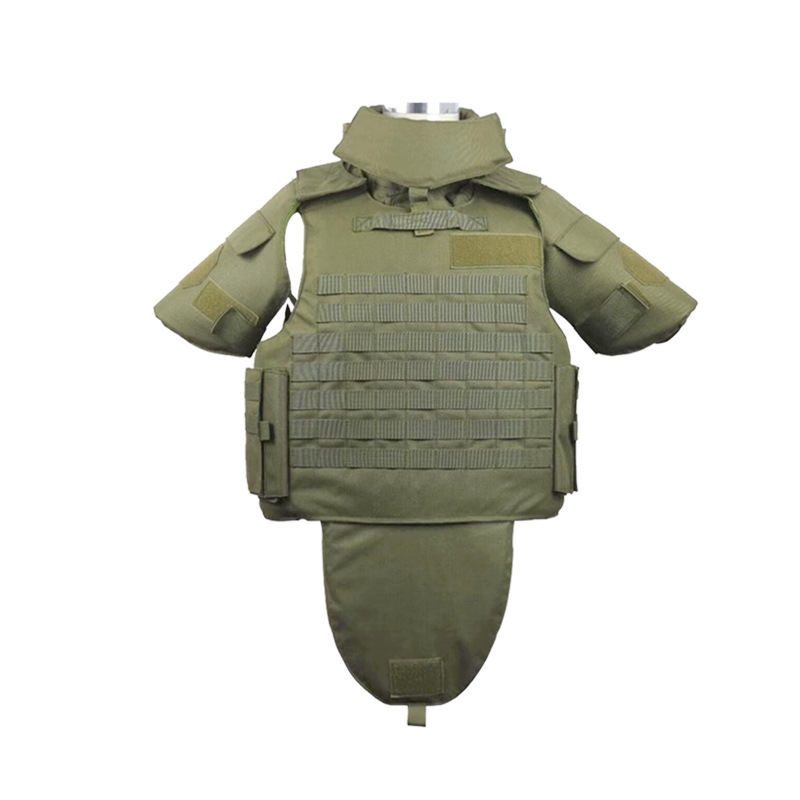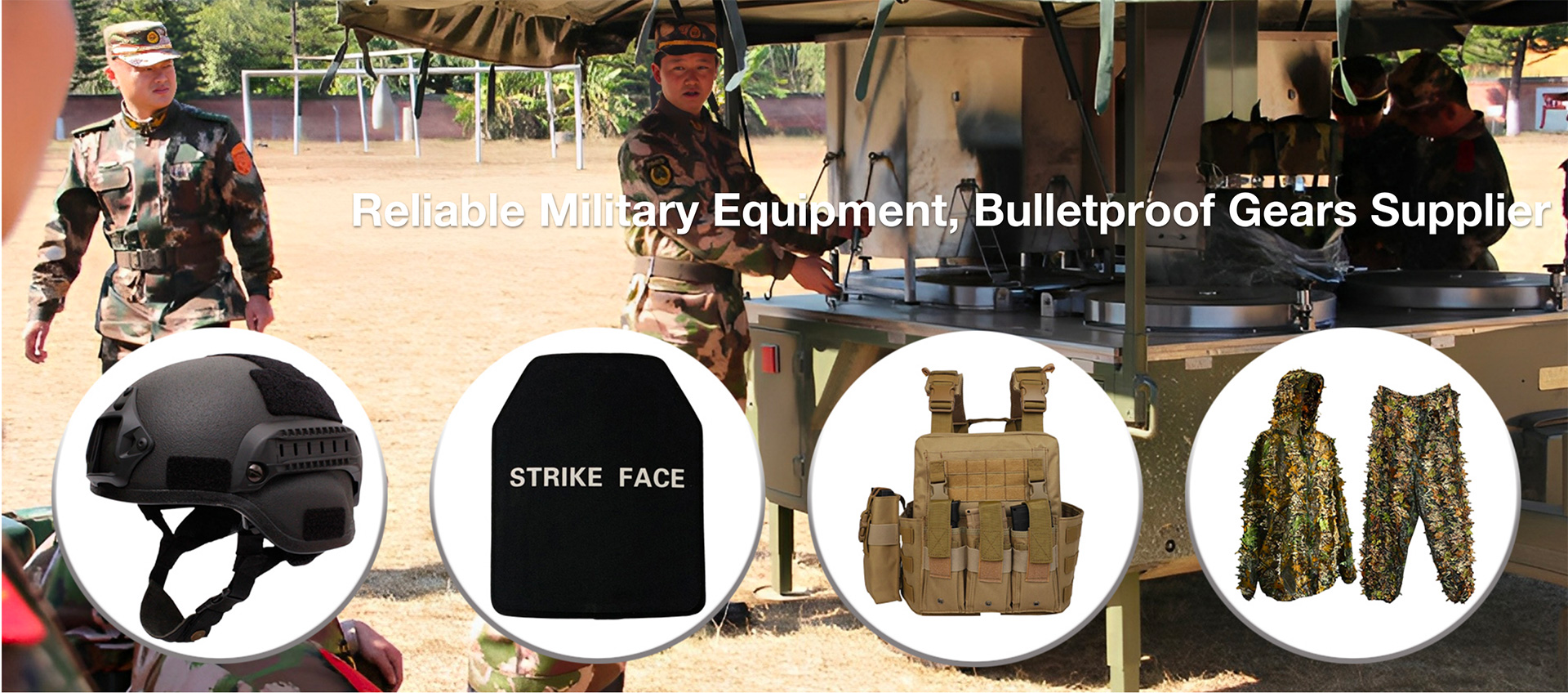Legality of Wearing a Bulletproof Vest

The legality of wearing a bulletproof vest varies by country and, in the United States, by state. Generally, it is legal for civilians to own and wear bulletproof vests. However, there are certain restrictions:
United States: In some states, it’s illegal for convicted felons to own or wear body armor. Also, wearing body armor during the commission of a crime can lead to enhanced penalties.
Other Countries: Laws vary widely, with some countries having stricter regulations on civilian ownership and use of body armor.
Effectiveness Against AR-15 Bullets
An AR-15 typically fires 5.56x45mm or .223 Remington rounds, which are high-velocity projectiles. The effectiveness of a bulletproof vest against such rounds depends on the armor’s rating:
Level III Armor: This can stop 7.62x51mm NATO rounds (similar to .308 Winchester) but may not consistently stop the higher velocity 5.56mm rounds from an AR-15.
Level III+ Armor: Designed specifically to stop certain 5.56mm rounds, including those fired from an AR-15.
Level IV Armor: Capable of stopping armor-piercing rounds, including 5.56mm and 7.62mm, offering the highest level of protection.
Level III Armor Protection
Level III armor is rated to stop:
7.62x51mm NATO rounds (.308 Winchester).
Various lesser threats like 5.56mm NATO rounds, though effectiveness can vary based on the specific ammunition used.
Level IV Armor Protection
Level IV armor is rated to stop:
Armor-piercing rifle rounds.
Specifically, it must stop a single hit of .30-06 armor-piercing (AP) bullet, also known as M2 AP.
It can also stop various lesser threats, including standard rifle and pistol rounds.
Kevlar and Knife Protection
Kevlar is a key material used in many bulletproof vests:
Bullet Resistance: Kevlar is effective at stopping handgun rounds and certain types of shrapnel.
Knife Resistance: Standard Kevlar vests are not highly effective against knife attacks due to the sharp edge and concentrated force of a knife blade. However, there are vests specifically designed with stab-resistant materials or additional layers to provide protection against edged weapons.
For knife protection, look for armor that is rated for stab resistance, often certified separately from ballistic ratings.
What are the main points for buyers of bulletproof vests?
1. Protection level
Understand the protection standards: Different countries and institutions have different protection standards, such as the NIJ standard (National Institute of Justice) in the United States. Make sure the bulletproof vest you choose meets the corresponding standards.
Choose the appropriate protection level: Choose the protection level based on the potential threat. Common levels are IIA, II, IIIA, III and IV. The higher the level, the stronger the protection.
2. Material
Bulletproof material: Common bulletproof materials include Kevlar, ultra-high molecular weight polyethylene (UHMWPE) and ceramic. Each material has different protective properties and weight.
Comfort and weight: The choice of material affects the weight and comfort of the bulletproof vest. Lightweight materials are usually more comfortable, but more expensive.
3. Size and fit
Correct size: The bulletproof vest needs to fit the body and provide comprehensive protection. Make sure to choose the right size and adjust it according to your own situation.
Adjustability: Choose a bulletproof vest with adjustable shoulder straps and waist belt so that it can be adjusted according to your body shape to ensure comfortable wearing.
4. Design and function
Coverage: When choosing a bulletproof vest, consider the areas that need protection, such as the chest, back, and sides.
Additional functions: Some bulletproof vests are designed with additional tactical functions, such as the MOLLE system, which can be used to attach more equipment and ammunition bags.
5. Breathability and comfort
Breathable materials: Choose materials with good breathability to reduce the stuffiness of long-term wear.
Inner lining design: High-quality bulletproof vests usually have good inner lining design to improve wearing comfort and breathability.
6. Maintenance and care
Easy to clean: Choose a bulletproof vest that is easy to clean and maintain to extend its service life.
Shelf life: Understand the shelf life of the bulletproof material and ensure that it is used within the validity period to ensure the best protective performance.
7. Price and brand
Budget considerations: Choose a suitable bulletproof vest according to your budget, but don’t pursue low prices too much, which will affect the protective effect and quality.
Brand reputation: Choose a brand with a good reputation and credibility to ensure product quality and after-sales service.
8. Regulations and Laws
Legality: Understand the legal regulations on the purchase and possession of bulletproof vests in your area to ensure legal purchase and use.
Export restrictions: If you need to purchase or transport bulletproof vests across borders, understand the relevant export restrictions and regulations.
9. User Reviews and Recommendations
User Reviews: Check other buyers’ reviews and feedback to understand the actual effect and comfort of bulletproof vests.
Expert Recommendations: Refer to the recommendations of professionals or institutions and choose products that have been tested and approved in practice.
10. Testing and Certification
Independent Testing: Choose bulletproof vests that have been tested and certified by independent laboratories to ensure that their protective performance meets the standards.
On-site Testing: If possible, try on and test on-site to personally experience the protective effect and comfort of the bulletproof vest.
By comprehensively considering the above points, buyers can choose bulletproof vests that meet their needs and standards to ensure reliable protection in various situations.


